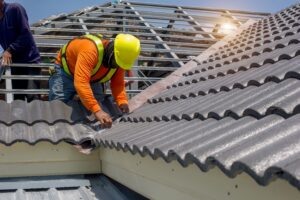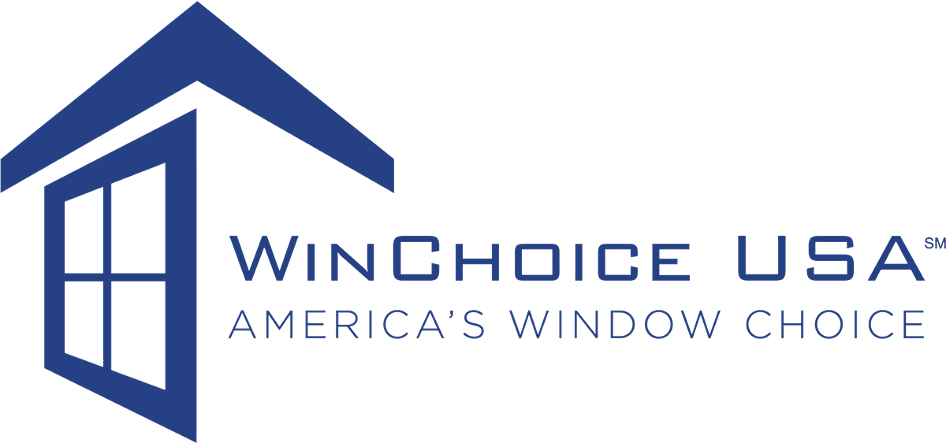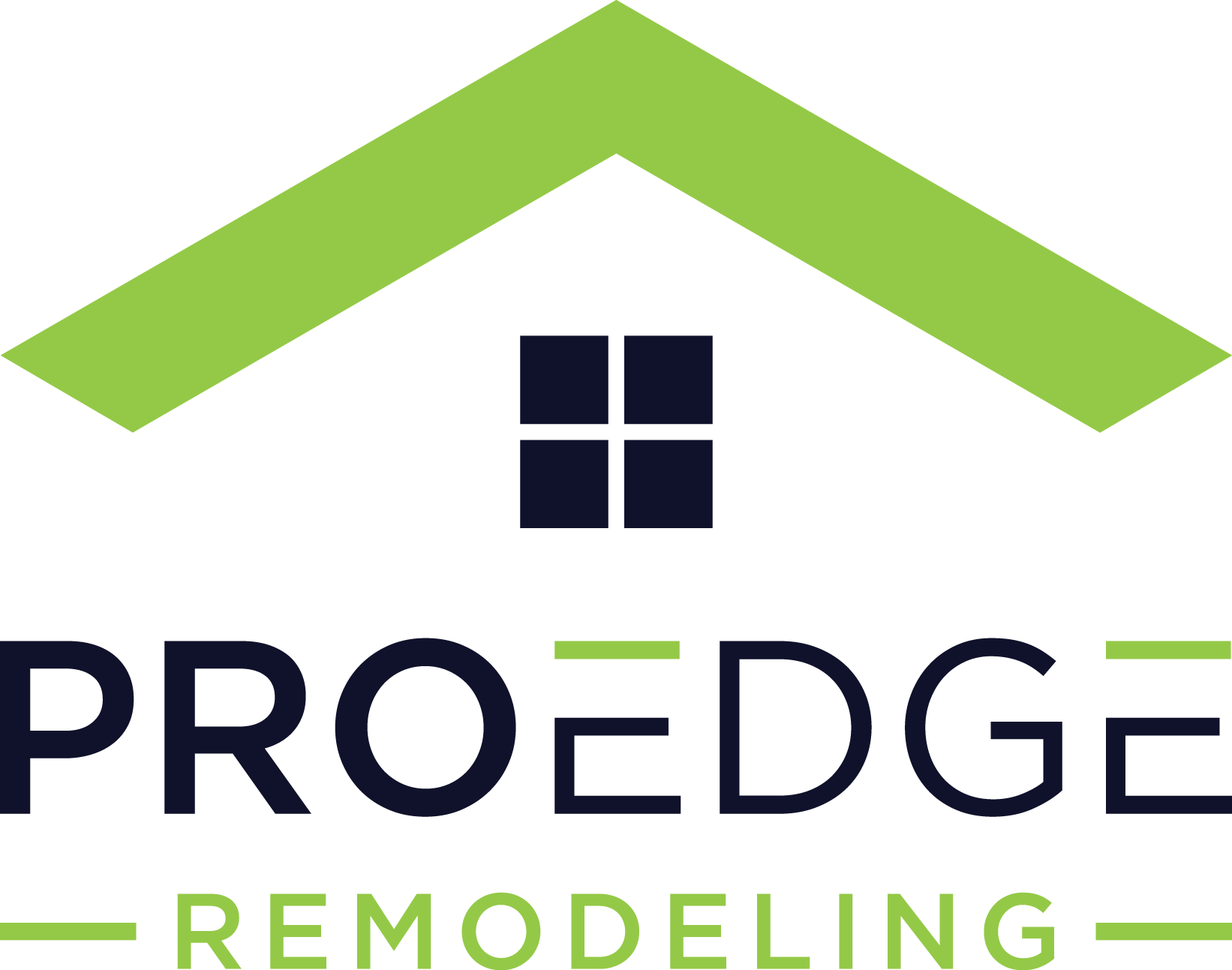Partial Roof Replacement: A Cost-Effective Solution for Targeted Roof Repairs

When it comes to maintaining the integrity of your home, few things are as critical as ensuring that your roof is in good condition. A damaged or aging roof can lead to a host of problems, from leaks and water damage to reduced energy efficiency and even structural issues. While a full roof replacement is often the go-to solution for many homeowners, there are situations where a partial roof replacement may be a more cost-effective and practical option. Read on to understand whether a partial roof replacement is the right choice for your home.
What is Partial Roof Replacement?
A partial roof replacement, as the name suggests, involves replacing only a portion of your roof rather than the entire structure. This targeted approach focuses on addressing specific problem areas, such as damaged or missing shingles, leaks, or localized wear and tear. Unlike a full roof replacement, which involves tearing off the entire existing roof and installing a completely new one, a partial replacement allows you to preserve the intact portions of your roof while repairing the damaged sections.
Situations where partial roof replacement is appropriate
Not every roofing issue necessitates a full replacement. In fact, there are several scenarios where a partial roof replacement may be the most sensible course of action:
- Localized damage: If your roof has suffered damage in a specific area, such as from a fallen tree branch or a severe storm, a partial replacement can address the affected section without the need for a complete overhaul.
- Isolated leaks: When a leak is confined to a particular part of your roof, a partial replacement can target the source of the problem and prevent it from spreading to other areas.
- Age disparity: If a portion of your roof is significantly older or more worn than the rest, a partial replacement can bring that section up to par with the newer parts, extending the overall lifespan of your roof.
- Budget constraints: When a full roof replacement is not financially feasible, a partial replacement can provide a more affordable alternative while still addressing critical issues.
Benefits of Partial Roof Replacement
One of the primary advantages of partial roof replacement is the potential for significant cost savings compared to a full replacement. By focusing on specific problem areas, you can avoid the expense of replacing the entire roof, which can end up being a substantial financial burden for most homeowners.
In addition to the cost benefits, partial roof replacement also offers a faster installation time. Since the scope of work is limited, the project can often be completed in a matter of days rather than weeks, minimizing disruption to your daily life and allowing you to enjoy a fully functional roof sooner.
Another advantage of partial roof replacement is the reduction in material waste. By preserving the intact portions of your roof, you minimize the amount of old roofing materials that end up in landfills, contributing to a more environmentally friendly approach to home maintenance.
Drawbacks of Partial Roof Replacement
While partial roof replacement has its merits, it’s essential to consider the potential drawbacks as well. One of the main concerns is the possibility of a mismatched appearance. Since the new roofing materials may not precisely match the color and texture of the existing roof, there may be a visible difference between the replaced section and the original portions. However, an experienced roofing contractor can often minimize this issue by carefully selecting materials that closely resemble the existing roof.
Another potential drawback is the shorter lifespan of a partial replacement compared to a full replacement. While a partial replacement can extend the life of your roof, it may not provide the same longevity as a completely new roof. This is because the older sections of the roof will continue to age and deteriorate, potentially requiring additional repairs or even a full replacement down the line.
It’s also important to note that a partial roof replacement may not address underlying issues that could be affecting your entire roof. For example, if your roof has widespread moisture damage or structural problems, a partial replacement may only provide a temporary solution, and a full replacement may be necessary to ensure the long-term integrity of your home.
Factors to Consider Before Opting for Partial Roof Replacement
Before deciding whether a partial roof replacement is right for you, consider these key factors:
- Age and condition of the existing roof: If your roof is relatively new and in good overall condition, a partial replacement may be a viable option. However, if your roof is nearing the end of its lifespan or has extensive damage, a full replacement may be more appropriate.
- Assess the damage: If the damage to your roof is isolated and limited to a specific area, a partial replacement can effectively address the issue. However, if the damage is widespread or affects multiple sections of your roof, a full replacement may be necessary.
- Availability of matching materials: To ensure a seamless and cohesive appearance, it’s crucial to find roofing materials that closely match the existing roof. If matching materials are not available, a partial replacement may result in a noticeable discrepancy in color or texture.
- Local building codes and regulations: Before proceeding with a partial roof replacement, it’s essential to consult with your local building department to ensure that the work complies with all applicable codes and regulations. Some areas may have specific requirements or restrictions regarding partial replacements.
Tips for Successful Partial Roof Replacement
To ensure a successful partial roof replacement, consider the following tips:
- Conduct a thorough roof inspection: Before beginning any work, it’s crucial to have a professional roofing contractor conduct a comprehensive inspection of your entire roof. This will help identify any underlying issues and determine whether a partial replacement is indeed the best course of action.
- Work with a reputable roofing contractor: Choose a licensed, experienced, and reputable roofing contractor who has a proven track record of successful partial replacements. Ask for references, read reviews, and ensure that they are properly insured and bonded.
- Ensure proper integration with the existing roof: To prevent future leaks and maintain the integrity of your roof, it’s essential to ensure that the new roofing materials are properly integrated with the existing roof. This includes sealing all seams and edges and ensuring that the new section is properly flashed and ventilated.
- Consider long-term cost implications: While a partial replacement may be more affordable upfront, it’s important to consider the long-term cost implications. If your roof is nearing the end of its lifespan, investing in a full replacement may be more cost-effective in the long run, as it can provide a longer-lasting solution and prevent the need for repeated repairs.
Maintenance and Care After Partial Roof Replacement
Once your partial roof replacement is complete, it’s essential to engage in regular maintenance and care to ensure its longevity and effectiveness. This includes:
- Scheduling regular inspections: Have your roof inspected by a professional at least once a year to identify any new issues or potential problems. This will allow you to address concerns promptly before they escalate into more serious and costly repairs.
- Addressing any new issues promptly: If you notice any new leaks, missing shingles, or other concerns, address them immediately. Ignoring minor issues can lead to more extensive damage over time.
- Extending the lifespan of the partial replacement: To maximize the lifespan of your partial replacement, keep your roof clean and free of debris. Trim overhanging tree branches, clean your gutters regularly, and ensure proper ventilation in your attic to prevent moisture buildup.
Conclusion
Partial roof replacement can be a cost-effective and practical solution for addressing targeted roofing issues. By focusing on specific problem areas, you can extend the life of your roof, improve its functionality, and protect your home from water damage and other concerns.
Before you proceed, weigh the pros and cons of partial replacement carefully and consider factors such as the age and condition of your existing roof, the extent of the damage, and the availability of matching materials. By working with a reputable roofing contractor and engaging in regular maintenance and care, you can ensure the success and longevity of your partial roof replacement.
If you’re unsure about the best course of action for your home, consult with a professional roofing contractor who can assess your roof’s condition and provide expert guidance tailored to your specific needs.
Additional Roofing Resources
- Choosing the Best Roof Coating for Your Home
- The Ultimate Guide to Impact-Resistant Roofing Materials
- Tile Roofing: Advantages and Drawbacks

Anna has over six years of experience in the home services and journalism industries and serves as the Content Manager at MyHomePros.com, specializing in making complex home improvement topics like HVAC, roofing, and plumbing accessible to all. With a bachelor’s degree in journalism from Auburn University, she excels in crafting localized, comprehensive guides that cater to homeowners’ unique needs. Living on both coasts of the United States has equipped her with a distinctive perspective, fueling her passion for turning any house into a cherished home through informed, personalized decision-making.








